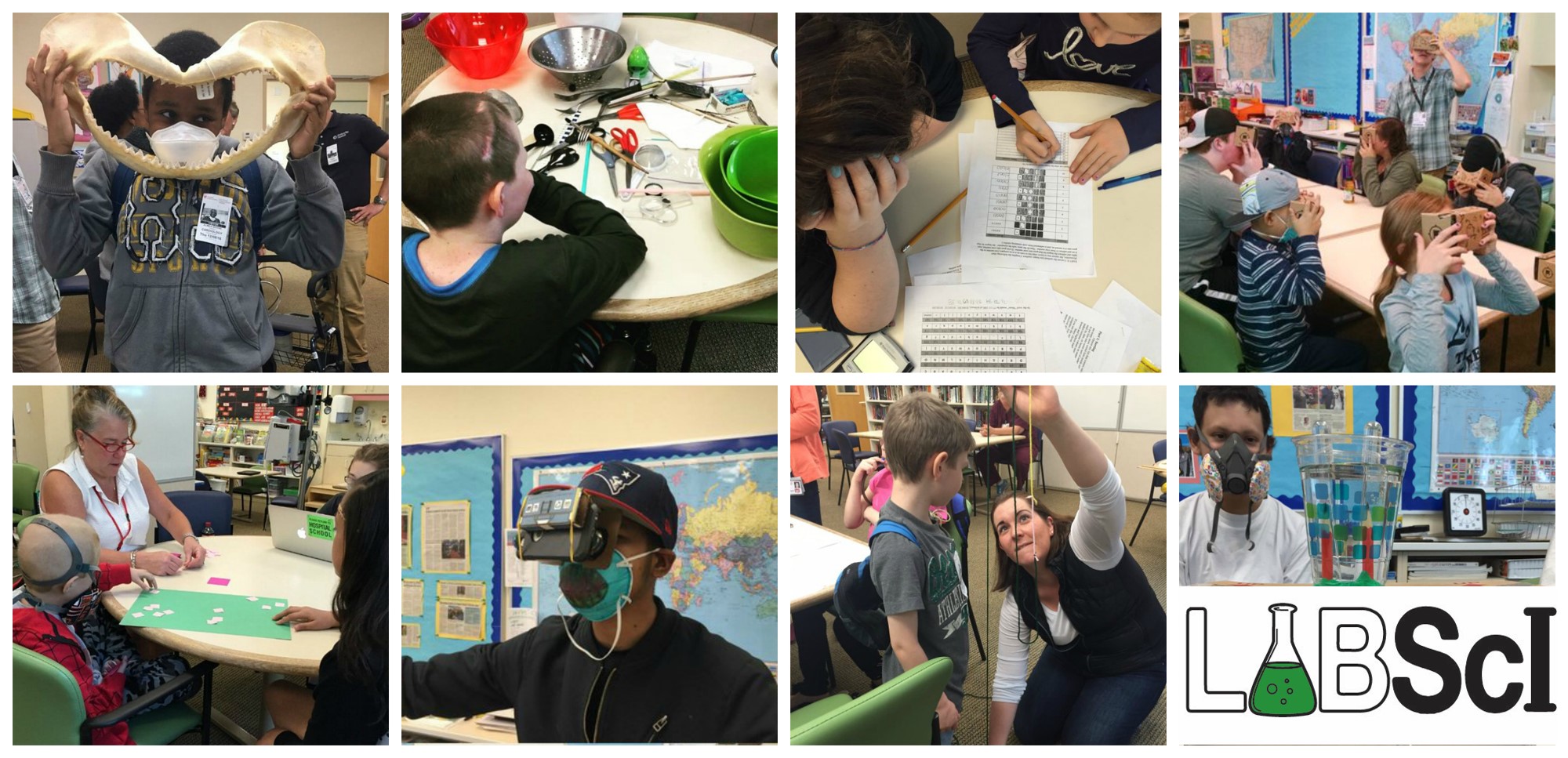In this lab, students demonstrate the properties of different fluids. Students will compare the viscosities of various liquids, see how the shape of objects effect drag, and finally experiment with polymers.
Download the labs!
Student Version
Student Advanced Version
Recommended Prerequisites:
- Basic version is good for most students.
- For the advanced version, algebra is recommended.
Key Concepts:
- Viscosity tells us the resistance of a fluid on which a force is acting. For fluids, it basically refers to how ‘thick’ a fluid is.
- Drag measures the forces that oppose the motion of an object through a fluid. The lower the drag on an object the faster it travels through a fluid.
- A polymer is a large molecule chain that is made up of a repeating structural units linked by chemical bonds. Polymers are everywhere! Plastic is a polymer that we use all of the time — in our nalgene bottles, vegetable grocery bags, and snowboards. Silly putty is also a polymer! How about in your body? DNA and proteins are polymers too!
- As you will observe, polymers can behave as solids and liquids. In other words, they are viscoelastic.
- The length of the polymer chains, the chemical structure of the repeat units, and the arrangement of the various repeat units in the polymer can affect the way the polymer behaves at different temperatures, ability to form crystal structures, and their melting points. Thus, as we will see, different polymers such as silly putty and cornstarch and water will behave differently.
Materials:
- 3 different colored blocks of clay
- 3 tall clear glasses or 100 mL graduated cylinders
- 100 mL of water
- 100 mL of vegetable oil
- 100 mL hand soap
- Stopwatch
- Ruler
- Knife
- Silly putty
- CD
- 1 box of cornstarch
